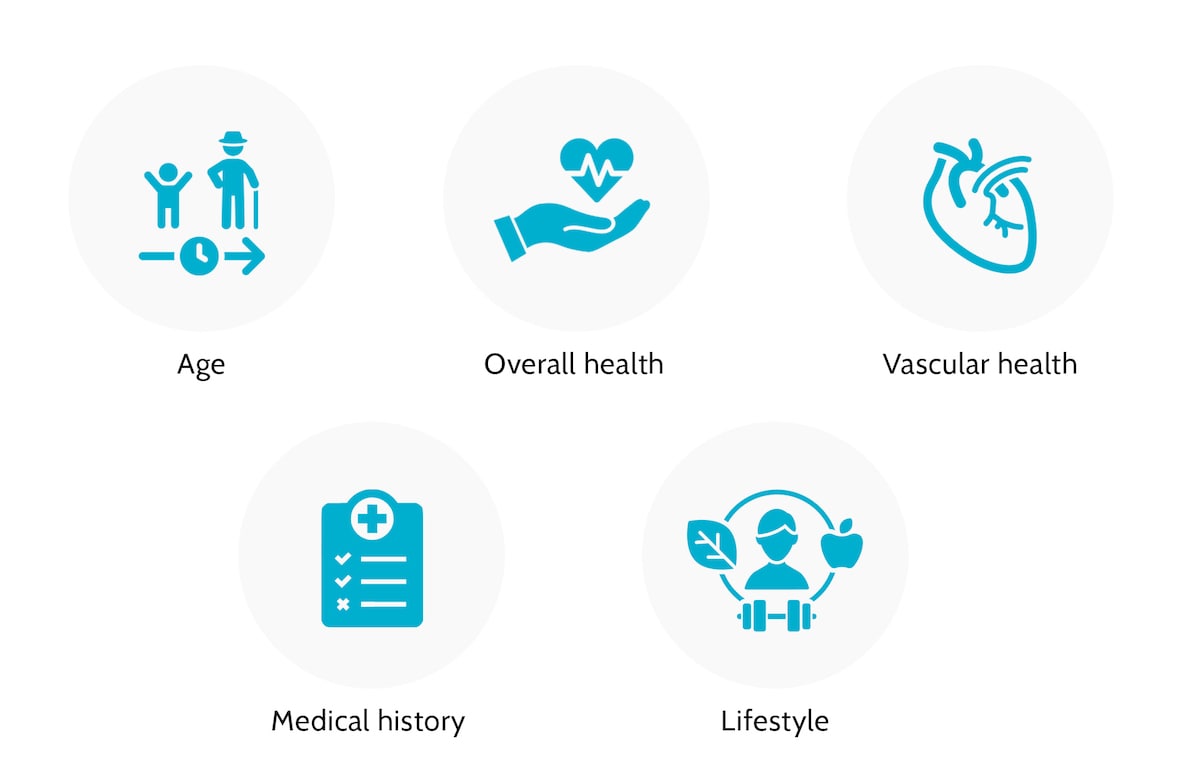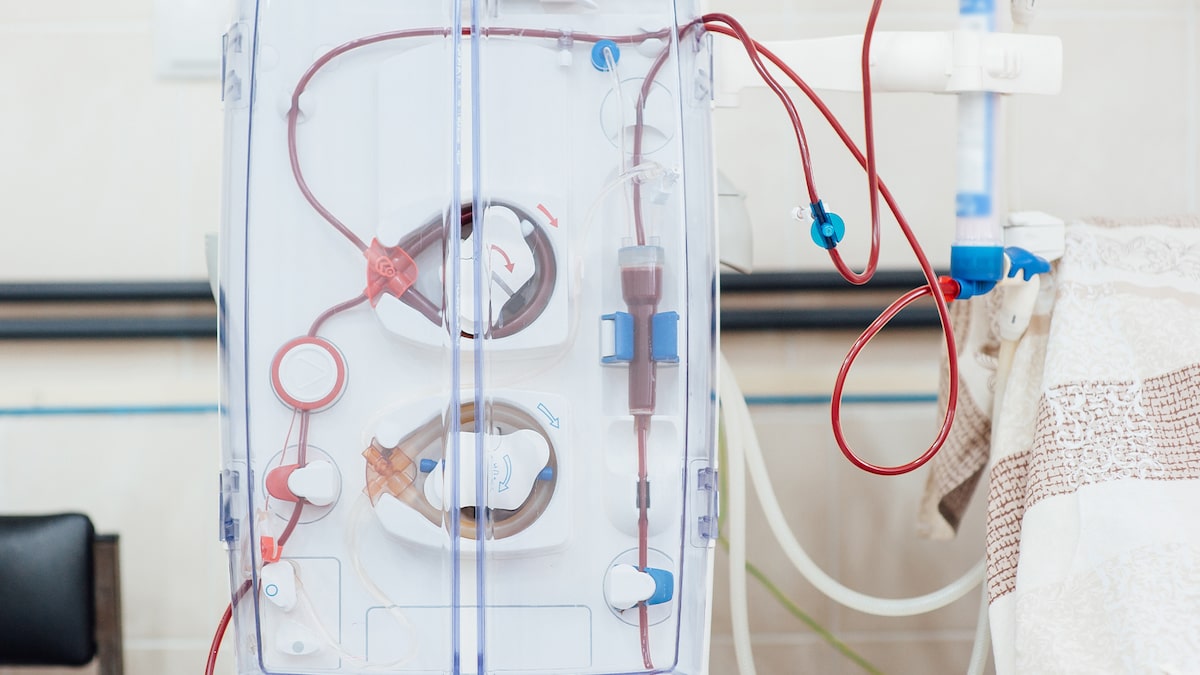Renal Medicine: Innovations in Dialysis Access Procedures
Introduction
Dialysis is a life-saving treatment when kidneys fail to cleanse the blood and maintain the proper balance of fluids and minerals. It involves a dialysis machine with a dialyzer, an “artificial kidney” that filters waste and extra fluid. To create a path for blood to reach the machine, a vascular surgeon, through a minimally-invasive procedure, places dialysis or vascular access weeks before the hemodialysis treatment. This allows a substantial amount of blood to flow into the machine continuously for short-term or long-term treatment. As a result, choosing suitable dialysis access enables patients to reach their treatment goals and prevent complications depending on the treatment duration, their preferences, and overall health.

Types of Dialysis Access
What Are the Types of Dialysis Access
The following are the three main types of vascular access:
- Arteriovenous Fistula (AVF) is a vascular access for dialysis that creates a direct surgical connection between an artery and vein in the non-dominant forearm. It lasts for years and provides high blood flow rates. Although it is one of the optimal dialysis access options, it may require additional temporary access during the maturation and healing phases.
- Arteriovenous graft (AVG) is a dialysis access graft that uses a synthetic tube to connect the artery and the vein. This suits patients with faulty veins that are too small for a fistula. It is easy to place and may be ready for use in days. However, it may not last as long as an AVF and are prone to clotting.
- Central Venous Catheter (CVC) is a temporary vascular access catheter that uses a flexible, long-plastic, y-shaped tube, where the tip is threaded through the skin into a central vein. This outpatient procedure benefits patients in emergencies or for short-period treatment due to its quick placement and removal. However, it poses a higher risk of infections and complications.
Factors to Consider when Choosing Dialysis Access
Choosing the most suitable dialysis access type and vascular access device involves several factors, including

Although the patient’s preference is crucial to decision-making, consulting a vascular surgeon helps weigh each type’s pros and cons. For example, a vascular surgeon may use a non-invasive vein mapping test to assess vein condition and determine which type of access works for an individual. Additionally, a vascular surgeon recognizes complications with dialysis access and suggests other options that may be more suitable.

Talk To Senior Consultant and Vascular & Endovascular Surgeon, Dr Julian Wong
Benefits of Choosing Suitable Dialysis Access

The benefits of suitable dialysis access differ depending on the patient’s condition, preference, and compliance to access care. For instance, patients with a history of infections or clotting may need an AVF to reduce the risk of complications, such as lower infection rates and fewer blood clots. If the patient has blocked or damaged veins, an AVG is more suitable and may provide lower infection risks than a catheter.
Another benefit of choosing appropriate dialysis access, such as AVF and AVG, is better blood flow rates, leading to more efficient dialysis treatments. This gives patients a higher chance of achieving their target and maintaining good health outcomes, resulting in improved quality of life, reduced hospitalizations, and lower healthcare costs in the long run. However, others may require CVC for emergent dialysis and easy access to reduce the need for multiple needle insertion.
Challenges and Solutions in Choosing Suitable Dialysis Access
Underlying vascular disease or lack of healthy veins makes AVG and AVF unsuitable for some patients. This means CVC may be the only option available, posing a challenge as this dialysis access has higher infection rates and can lead to other complications. As a result,
trusting a reliable medical team of a nephrologist, vascular surgeon, and nurses provides patients with constant and careful monitoring to ensure efficient and optimal treatment results. If a patient requires long-term dialysis, the care team may order monthly imaging tests to check the blood flow and pressure in the access and make necessary adjustments to prevent complications.
Conclusion

Choosing the proper and suitable type of vascular dialysis access point is critical to the treatment success, patient well-being, and overall health outcomes. While AVF and AVG are preferred options, CVC may be the only option for some patients with underlying vascular disease and blocked veins. As a result, patients must communicate openly and honestly with their medical team to determine suitable dialysis access based on their age, overall health, vascular health, medical history, and treatment goals. Afterwards, the medical team provides continuous monitoring and adjustments to ensure efficient and optimal treatment results.
Choosing the appropriate vascular dialysis access is a collaborative decision between the patient and the medical team to achieve the best possible outcomes for the patient’s quality of life and overall health.



